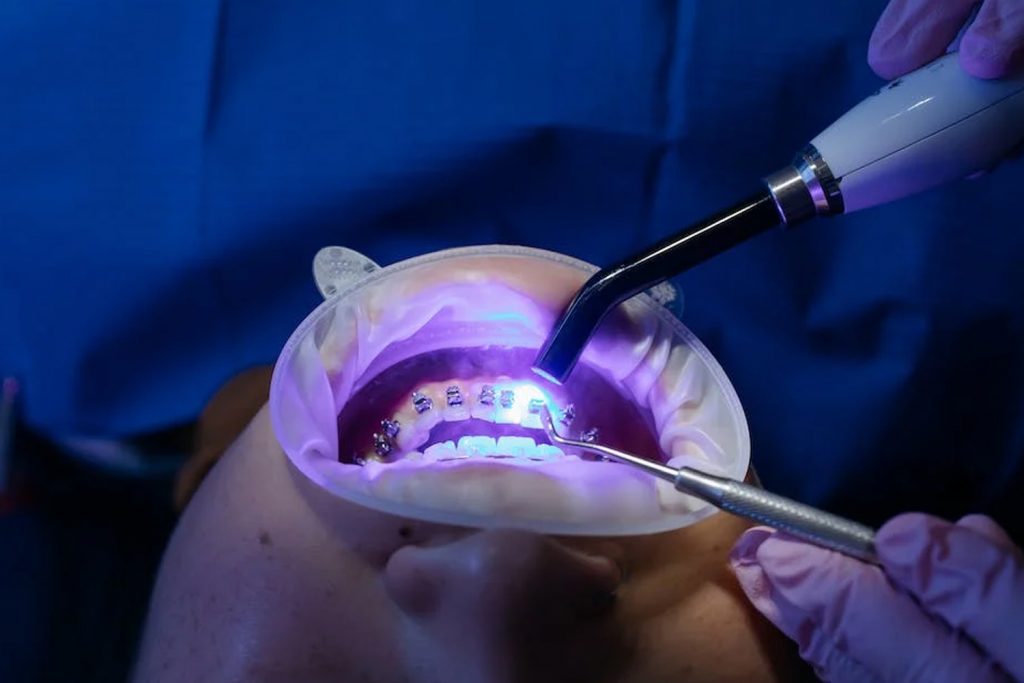Bounding
What Is Tooth Bonding? Dental bondings are made from a tooth-colored composite resin. This resin is precisely applied to your damaged teeth, polished, and hardened (bonded) using a special light. Dental bonding restores the size, shape, and appearance of your tooth — all in just one easy and comfortable appointment. Your “new” tooth will look and function just like your original, natural-colored tooth, back before it was damaged.

What is dental bonding?
Dental bonding, sometimes called composite bonding or teeth bonding, is a cosmetic dentistry treatment used to enhance your smile. During the procedure, your dentist applies tooth-colored resin material to the affected teeth to change their shape, size or color.
When is dental bonding recommended?
Dental bonding is used to make cosmetic improvements to your smile. The procedure uses tooth-colored composite resin material to:
- Conceal chips or cracks in your teeth.
- Camouflage tooth discoloration.
- Close gaps and spaces between your teeth.
- Make your teeth look longer.
- Change the shape of your teeth.
The same composite resin material used in dental bonding is also used in restorative dentistry to:
- Fill cavities.
- Replace old silver dental fillings with a more cosmetic alternative.
- Protect teeth roots that have been exposed due to gum recession.
How common is dental bonding?
Cosmetic dental bonding is very common. In fact, it’s one of the most frequently performed procedures in dentistry today.
Dental bonding vs veneers: What’s the difference?
Porcelain veneers are custom-made ceramic shells that adhere to the front surfaces of your teeth. To place them, your dentist typically must remove some enamel from your natural teeth. Once placed, porcelain veneers are not reversible. They’ll need replacing every 10 to 20 years.
Dental bonding, on the other hand, may not require significant enamel removal. As a result, bonding is completely reversible. You’ll likely need touchups every three to 10 years.
You might hear dentists use the term “composite veneers.” This is when your dentist uses composite resin material to cover the entire surface of your tooth.
